How to Set Up Your Security Cameras for Motion Detection?
Setting up security cameras for motion detection can help you effectively monitor and record any movement or activity in the areas you want to protect.
Guide to configuring motion detection on your security cameras:
- Choose the Right Camera Placement: Select the locations where you want to set up the cameras. Place them strategically to cover the areas of interest, such as entry points, pathways, and valuable assets.
- Install the Cameras: Follow the manufacturer's instructions to mount the cameras securely. Ensure they have a clear view of the intended area and are protected from harsh weather conditions.
- Access the Camera's Settings: Connect the cameras to your NVR (Network Video Recorder) or the network, and access the camera's settings through a web browser, mobile app, or dedicated software provided by the camera manufacturer.
- Enable Motion Detection: Find the motion detection settings in the camera's configuration menu and enable it. Most cameras allow you to toggle motion detection on or off.
- Adjust Sensitivity Levels: Fine-tune the motion detection sensitivity to your preference. Higher sensitivity may capture more motion but might also trigger false alarms due to minor movements like leaves blowing in the wind. Lower sensitivity might miss some events, so finding the right balance is essential.
- Set Detection Zones: Many cameras allow you to define specific areas within the camera's field of view where you want to enable motion detection. This is helpful if you want to exclude areas with frequent motion, such as a busy street outside a window.
- Configure Motion Detection Schedule (Optional): Some cameras allow you to set specific times for motion detection to be active. For example, you might want to enable motion detection only during the night when you're away from home.
- Choose Recording Mode: Decide how you want the camera to respond when motion is detected. You can typically choose from options like continuous recording, event-based recording, or a combination of both.
- Configure Alerts (Optional): If your camera supports it, you can set up email notifications or push alerts to your smartphone when motion is detected. This way, you can be alerted in real-time to any potential security events.
- Test the Setup: After configuring motion detection, test the camera by walking through the areas covered by the camera. Check if the motion detection is triggered as expected and adjust sensitivity if necessary.
- Regular Maintenance: Regularly check and clean the cameras to ensure they remain operational and free from any obstructions that could interfere with motion detection.
Keep in mind that the specific steps and options for setting up motion detection may vary depending on the brand and model of your security cameras. Refer to the camera's user manual or the manufacturer's support resources for detailed instructions tailored to your specific camera model.
What is the difference between motion detection and person detection?
Motion detection and person detection are two distinct concepts used in various applications, especially in the fields of surveillance, security, and computer vision. Let's explore the differences between them:
- Motion Detection: As mentioned earlier, motion detection involves identifying any change in the position or appearance of objects within a scene. It is a basic concept that does not differentiate between different types of objects. When motion is detected, it signifies that something in the scene has moved, but it doesn't provide specific information about what caused the movement.Motion detection is commonly used in security systems and surveillance cameras to detect any activity within a specified area. It is a fundamental building block for more advanced applications like person detection.
- Person Detection: Person detection, also known as human detection or pedestrian detection, is a specific type of object detection that focuses exclusively on recognizing and locating human figures within an image or video. It is a more specialized task compared to motion detection and falls under the broader umbrella of object detection.Person detection algorithms use sophisticated deep learning and computer vision techniques to detect the presence of humans in images or video frames. These algorithms are trained on extensive datasets that contain annotated images of humans to learn their distinctive features and characteristics.
The main difference between motion detection and person detection is the level of specificity in their outputs. Motion detection simply indicates whether there is any movement in the scene, whereas person detection provides more detailed information by identifying and localizing human figures within the scene.
In practical applications, person detection is often preferred over motion detection in scenarios where the presence of humans is of particular interest, such as in surveillance systems, autonomous vehicles, or people counting applications. By using person detection, one can filter out other types of movements (e.g., vehicles, animals) and focus only on detecting humans, which can be crucial for many real-world use cases.




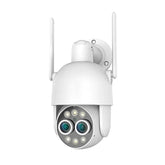
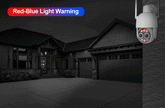




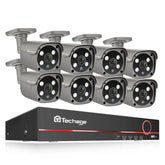

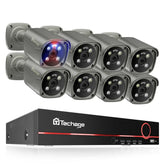
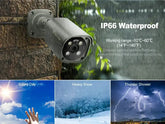


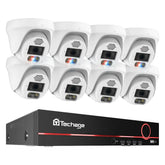
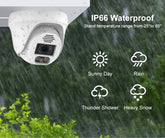








































































































2 Comments
Really helpful tips on setting up motion detection for security cameras! I love how you emphasized the importance of defining detection zones to avoid those annoying false alarms. It’s also so true that lighting and camera placement can make a huge difference. Thanks for sharing these insights—definitely going to use them!
Visit us at
https://securitycamerassanjose.com/